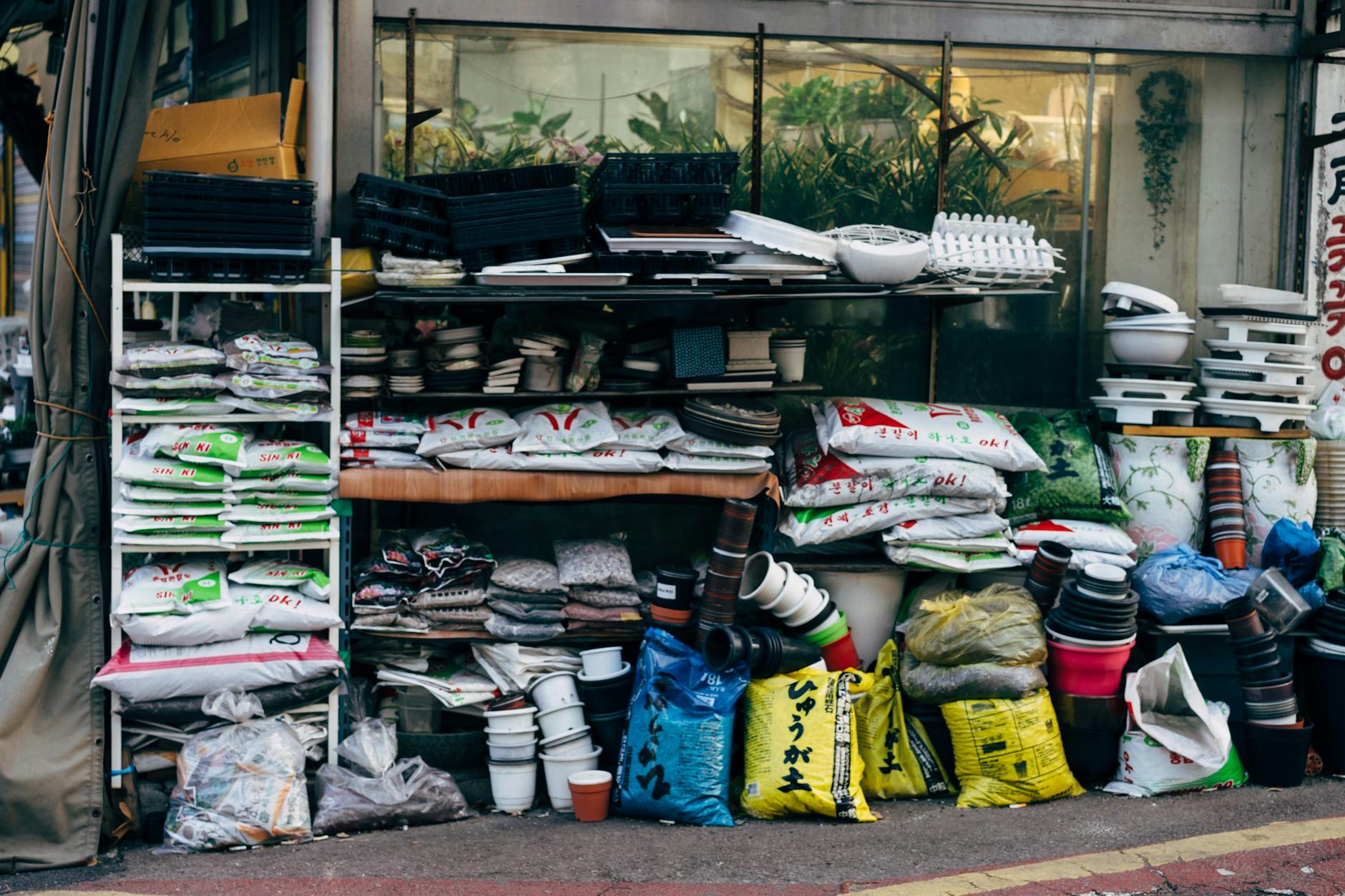Shockwaves in Seoul: Trump’s 25% Tariff Sends Markets into a Tailspin
Man, talk about a Monday meltdown. South Korea’s financial markets got absolutely rocked on July 7 when Trump dropped the bombshell—a 25% tariff on everything they send to the U.S., kicking in August 1. Just like that. The won nosedived 1.1%, hitting a two-week low, and the KOSPI index? Down 2.3% in a blink. And it wasn’t just Seoul feeling the heat—emerging markets everywhere caught the jitters. So much for “long-standing allies,” huh?
What Just Happened? Breaking Down the Tariff Mess
Trump’s Play: No Warning, No Mercy
Here’s the thing: this isn’t some targeted hit on steel or electronics. Nope. The White House went full blanket coverage—25% on all South Korean imports. No phase-in, no grace period. And get this: it totally blindsides the KORUS Free Trade Agreement, which everyone thought had smoothed things over back in 2018. Guess not.
Markets Freak Out (Obviously)
Within hours, chaos. Hyundai Motor shares tanked 4.1%, Samsung Electronics lost 3.7%, and the won looked like it forgot how to float. But here’s the kicker—this sent shockwaves beyond Seoul. Emerging market currencies wobbled, and Goldman Sachs’ Trina Kim put it bluntly: “If they’ll do this to South Korea, who’s next?” Exactly.
U.S. and South Korea: A Rocky Trade History
From Solar Panels to Total War
Sure, these two have butted heads before—remember the 2018 washing machine tariffs? But the KORUS deal was supposed to be the truce. Now? As trade expert Robert Park says, “That progress just got torched.” And we’re talking big money here—$168 billion in trade between them last year. Oof.
Why This Hurts So Bad
Let me break it down: semiconductors alone make up 22% of South Korea’s U.S. exports. Cars? Another huge chunk. And with China and Europe already slowing down, this tariff couldn’t have come at a worse time. LG’s Ji Min nailed it: “We’re getting squeezed from all sides.”
The Global Domino Effect
Emerging Markets Start Sweating
When Seoul sneezes, everyone catches a cold. The Mexican peso and Thai baht took hits, and investors bolted for safer bets. Nomura’s traders called it—”Nobody wants risk now.” And bond yields? Yeah, they’re spiking like crazy.
Are We Heading for Trade War 2.0?
Here’s what’s wild: South Korea’s supposed to be a U.S. ally, right? Military partnerships, the whole deal. But Trump’s treating them like China. And Seoul’s not taking it lying down—they’re already muttering about hitting back, maybe targeting U.S. farmers. The WTO’s sweating bullets over this one.
Who’s Saying What?
Seoul’s Pissed (And Scrambling)
The government’s calling this “economic vandalism,” and they’re ready to drag the U.S. to the WTO. Big players like Samsung—who ship $40 billion worth of stuff to America yearly—are in full damage-control mode. “Contingency plans” is corporate speak for “We’re freaking out.”
U.S. Reactions: Mixed Bag
The White House keeps yelling about “decades of unfair trade,” but even Republican Senator Pat Toomey called it “shooting ourselves in the foot.” Meanwhile, the IMF’s basically facepalming over this protectionist spiral.
What Comes Next? Buckle Up.
Short-Term: Expect More Drama
South Korea’s cabinet is in emergency mode—think dollar injections, maybe export Band-Aids. But if the U.S. turns this into a pattern with Japan or others? All bets are off.
Long Game: Alliances at Risk
Here’s the scary part: this could mess with their military teamwork on North Korea. And companies? They’ll bolt for Vietnam or India faster than you can say “supply chain.” Globalization’s taking another hit, folks.
The Bottom Line
Monday’s move proved one thing: in today’s world, trade wars don’t play favorites. Allies? Enemies? Doesn’t matter—everyone’s fair game. Seoul’s scrambling, markets are jittery, and investors should probably stock up on antacids. As for the rest of us? Get used to the chaos. This is the new normal.
Source: Livemint – Markets












